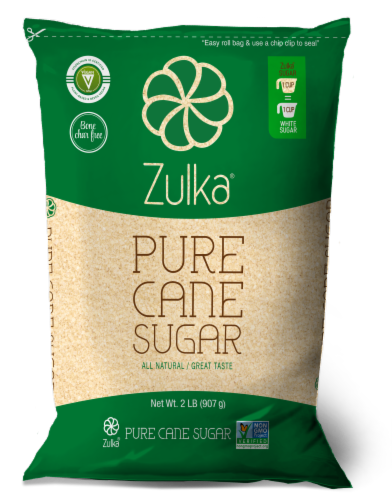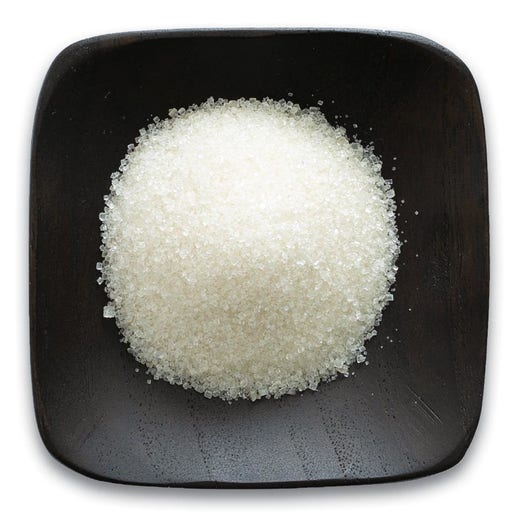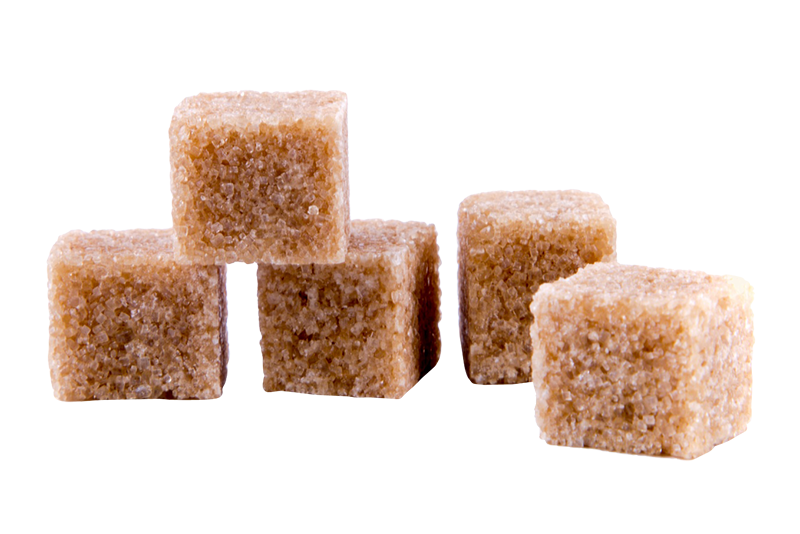Cane Sugar Processing Explained: What Takes Place Inside a Sugar Mill
Cane Sugar Processing Explained: What Takes Place Inside a Sugar Mill
Blog Article
Checking Out the Comprehensive Steps Associated With Walking Stick Sugar Processing From Harvesting to Refinement
The process of walking stick sugar manufacturing incorporates a collection of intricate actions, beginning with the careful harvesting of sugarcane and culminating in the refinement stages that ensure the end product meets market criteria. Each stage, from the extraction of juice to the purification and crystallization processes, plays a vital function in establishing the top quality and character of the sugar. Recognizing these phases not just highlights the intricacy of sugar production however additionally elevates essential questions regarding effectiveness, sustainability, and advancement in the market. What implications do these variables have for future methods?
Collecting Sugarcane
Collecting sugarcane is an important action in the walking cane sugar handling chain, as it straight affects the high quality and return of the end product. Appropriate timing and methods are crucial during this phase to make sure optimal sugar web content and lessen losses. Commonly, sugarcane is harvested when it gets to maturation, usually 12 to 18 months after planting, defined by a high sucrose concentration.

Post-harvest, the sugarcane must be processed promptly to avoid sucrose destruction. Preferably, gathered walking stick ought to be carried to processing centers within 24-hour to maintain sugar top quality. As a result, reliable logistical preparation is crucial to preserve the integrity of the harvested plant throughout the supply chain.
Removal Process

The crushed walking stick goes through a series of pressing operations to make the most of juice recuperation. Commonly, hot water is sprayed onto the smashed walking cane, developing a countercurrent flow that aids liquify the sugar while likewise helping in the removal procedure. The juice accumulated from this operation includes not only sugar however additionally numerous natural compounds and impurities.

To enhance extraction performance, some facilities may use diffusion approaches, where the sugarcane is soaked in warm water, allowing the soluble sugars to diffuse into the fluid. The resulting juice, rich in sucrose, is then guided to succeeding handling phases, laying the structure for filtration and improvement. The removal process is therefore critical in establishing the quality and yield of the final sugar product.
Purification Techniques
The purification techniques employed in cane sugar handling are essential for changing the raw juice right into a high-quality sugar item. These approaches largely intend to get rid of contaminations, such as dirt, plant materials, and not natural substances, which can negatively influence the last product's flavor and shade.
One of the most usual filtration methods is information. This process entails including lime and warm to the raw juice, which helps with the coagulation of impurities. The resulting precipitate is then gotten rid of with sedimentation or filtering, yielding a more clear juice. In addition, the usage of phosphoric acid can enhance the clarification procedure by further binding impurities.
One more significant technique is carbonatation, where co2 is presented to the made clear juice. This response generates calcium carbonate, which records staying pollutants and promotes their elimination.
In addition, triggered carbon treatment may be related to adsorb any continuing to be colorants and organic contaminations, making certain a much more refined product. The mix of these methods properly prepares the sugar juice for subsequent steps in the refining process, setting the stage for the production of top notch walking stick sugar.
Formation Approaches
After the purification stage, the next important action in cane sugar handling involves formation techniques, which play an essential duty in transforming the clarified juice right into strong sugar. This procedure normally utilizes two main methods: spontaneous formation and regulated condensation.
In spontaneous condensation, supersaturated sugar solutions are enabled to cool normally, leading to the formation their explanation of sugar crystals over time. This approach allows for the consistent development of sugar crystals and higher pureness.
During condensation, the cleared up juice is focused with dissipation, raising its sugar content up until it reaches supersaturation. When this factor is attained, either method can help with the condensation procedure. Cane Sugar Processing. The resultant sugar crystals are after that separated from the staying syrup via centrifugation
Ultimately, the choice of formation approach affects the top quality, dimension, and pureness of the final try these out sugar product, making this step essential in the overall walking cane sugar handling procedure.
Refinement and Product Packaging
Exactly how can the purity and high quality of cane sugar be better improved after crystallization? The refinement process plays an essential function in achieving top notch cane sugar.
Next, the sugar undergoes a process called centrifugation, where it is spun at broadband to separate the detoxified sugar crystals from the staying liquid. After centrifugation, the sugar is often more improved via a technique called carbonization or phosphatation, which uses turned on carbon or phosphoric acid to get rid of color and off-flavors.
When fine-tuned, the sugar is dried to attain the preferred moisture content, making certain that it remains steady throughout storage space and transportation. The final step includes packaging the polished sugar in moisture-proof and impermeable containers to maintain its high quality and protect against contamination. Cane Sugar Processing. Proper product packaging not just extends life span yet also promotes simple handling and circulation, making certain that customers obtain sugar that satisfies the greatest standards of pureness and top quality
Conclusion
The comprehensive actions entailed in walking stick sugar processing, from the thorough harvesting of sugarcane to the complex refinement and packaging phases, underscore the relevance of each phase in guaranteeing premium sugar manufacturing. Optimal harvesting methods, effective removal methods, and extensive purification processes jointly add to the end product's pureness and stability. The condensation and succeeding product packaging methods better enhance the stability and service life of visit this website the sugar, highlighting the intricacy and accuracy integral in this essential farming sector.
The procedure of walking cane sugar manufacturing includes a series of detailed actions, beginning with the mindful harvesting of sugarcane and finishing in the refinement phases that ensure the final product meets industry requirements. Ideally, gathered walking stick needs to be delivered to processing facilities within 24 hours to maintain sugar top quality.In spontaneous crystallization, supersaturated sugar remedies are allowed to cool normally, leading to the development of sugar crystals over time - Cane Sugar Processing. The refinement process plays a vital duty in attaining high-quality cane sugar.The extensive actions included in cane sugar handling, from the careful harvesting of sugarcane to the detailed improvement and product packaging phases, highlight the relevance of each phase in making sure top quality sugar manufacturing
Report this page